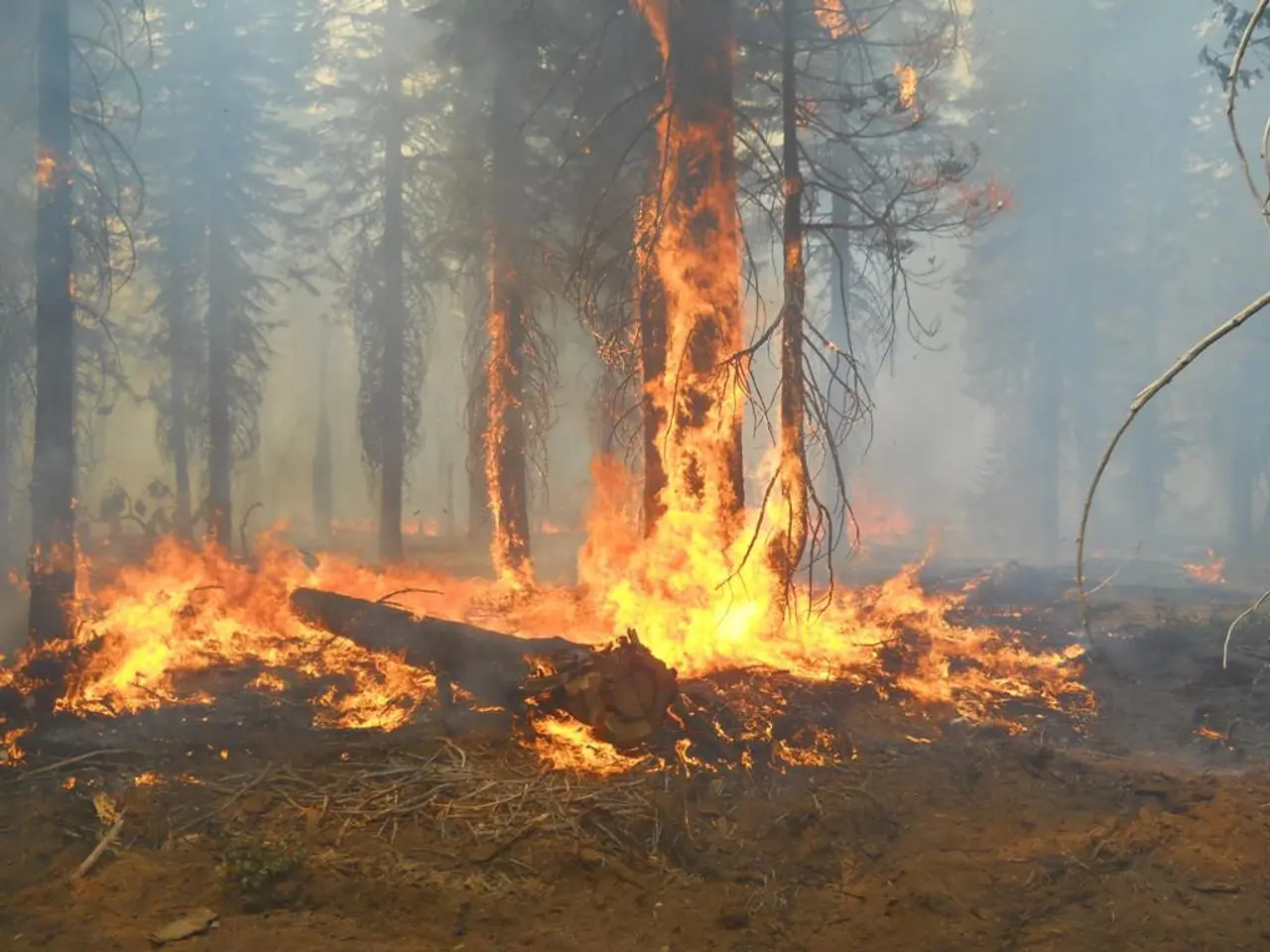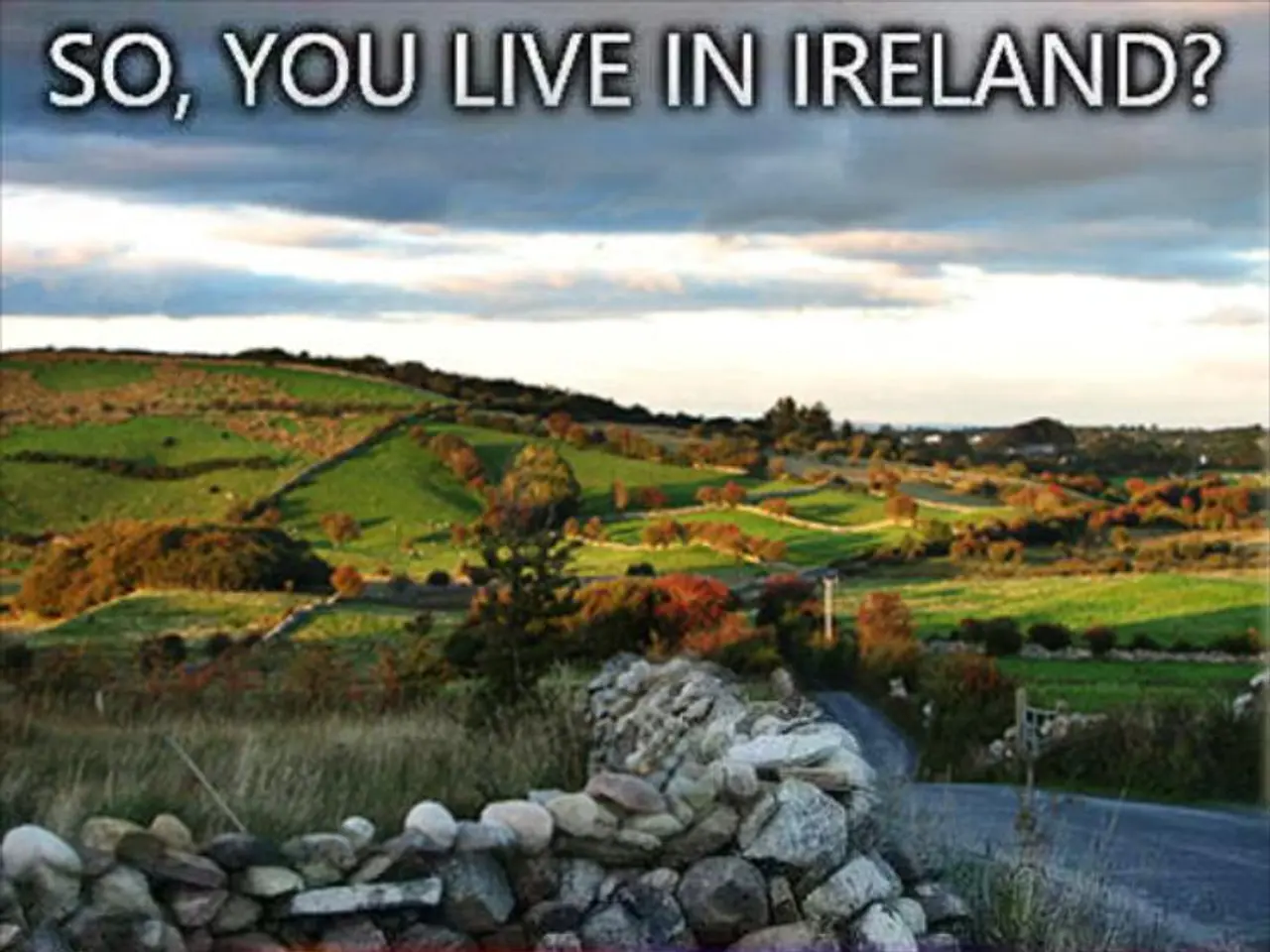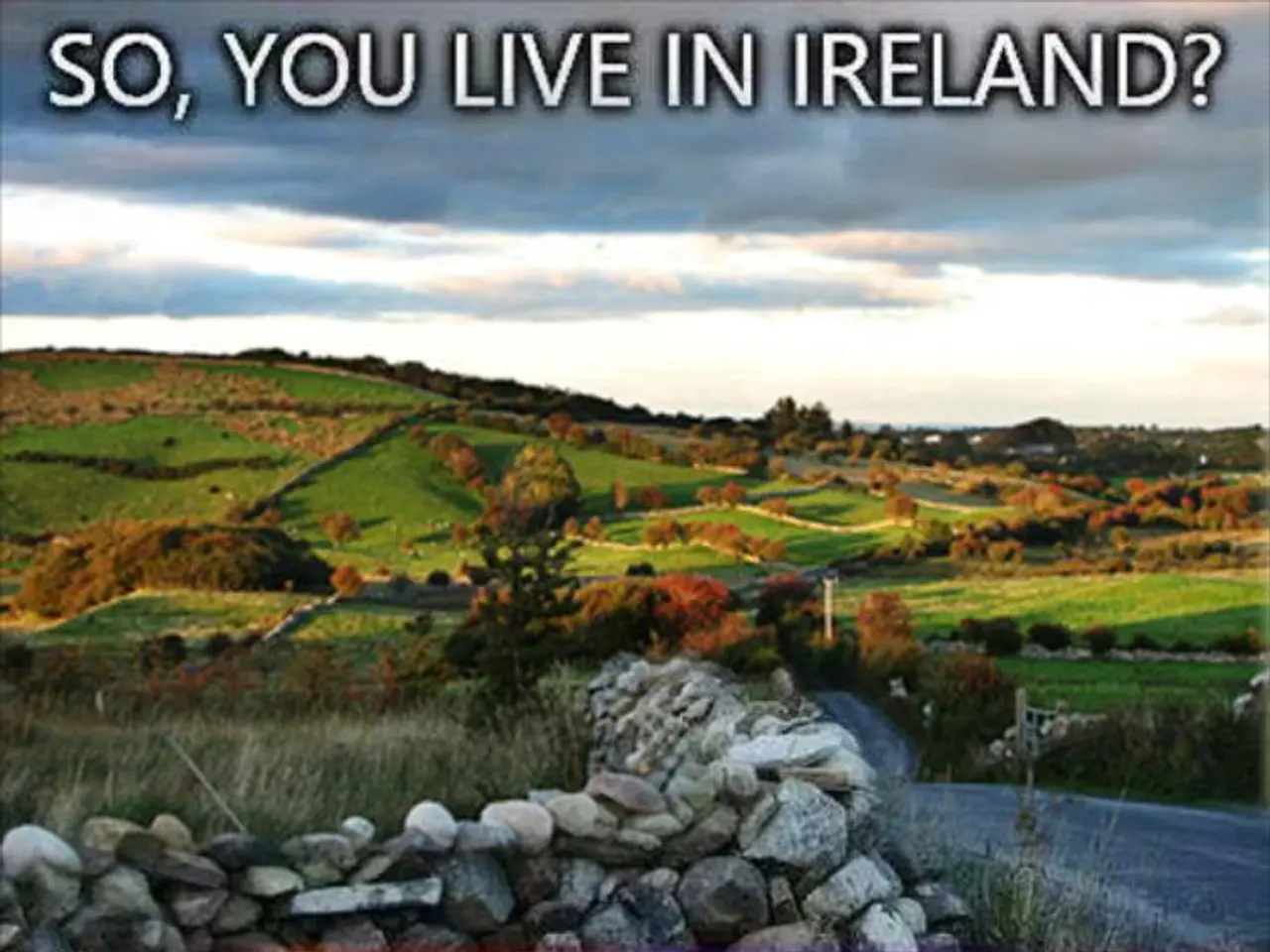Southern Europe and Turkey experience a decrease in fires, yet temperatures continue to climb.
Southern Europe Battles Wildfires Amidst Severe Weather Conditions
Southern Europe is currently grappling with a series of wildfires, with France facing its largest and deadliest wildfire of the season. The fire, which started on August 5-6 near the Aude department, has claimed at least one life, injured several, and forced thousands of residents and tourists to evacuate.
The wildfire has burned over 130 square kilometers (approximately 15,000 hectares), an area larger than Paris, making it the biggest wildfire in France since 1949. The fire remains highly active, with challenging weather conditions including heat and dryness exacerbating the situation. Over 2,000 firefighters and aerial water bombers continue to combat the blaze, but authorities warn it could burn for several more days.
French officials, including Prime Minister François Bayrou, have attributed the fire’s intensity to climate change-induced heatwaves and drought conditions making southern Europe more vulnerable to such disasters.
In Spain, near the border with Portugal, a wildfire close to the resort area of Tarifa has reportedly stabilized, but earlier forced evacuations as part of precautionary measures due to the heatwave conditions.
Elsewhere in Europe, the Greek fire service is on high alert due to expected windy conditions in some areas in the coming days. The wildfire risk remains extremely high in the south of the island of Euboea, the east of Crete, and the region around Athens. However, as of early August, no specific ongoing wildfire reports have emerged from available sources.
Similarly, in Turkey and Italy, no particular events were reported in the available sources. The Ministry of Forestry and Environment in Turkey has reported over 2,000 wildfires breaking out so far this year.
Weather factors heavily influence firefighting efforts in southern Europe. Very hot temperatures (up to or exceeding 40°C in some areas), prolonged drought, and dry winds fuel rapid fire spread and complicate containment efforts. Evacuation plans have faced criticism for being unclear in some southern European areas, complicating emergency management.
In Italy, more than 2,000 wildfires have broken out this year, with over 3,700 fires registered by the local forest authority in Sicily between May and the end of July alone. Sardinia also reported several fires this week.
Since the beginning of the year, over 70,000 hectares of forest, bush, and farmland have been destroyed by fires in Portugal and Spain. The situation remains tense, particularly in Italy, especially in the south of the country, with the island of Sicily being particularly affected.
As the fight against wildfires continues, the focus remains on preventing new fires through awareness campaigns and strict regulations, as well as on improving emergency response systems and evacuation plans to better protect lives and property.
- The ongoing wildfire in France, a result of climate change-induced heatwaves and drought conditions, has stimulated discussions within the realm of environmental science, emphasizing the impacts of climate change on natural disasters.
- In the world of general news, amidst the battling wildfires in Southern Europe, severe weather conditions have led to accidents and fires in various parts of the continent.
- Drought and high temperatures have also affected weather forecasting in the region, making it challenging for authorities to precisely predict the spread of wildfires, thereby hampering efficient firefighting efforts.
- Crime and justice officials are not immune to the effects of the wildfires, as arson is suspected in several blazes throughout Southern Europe, raising questions about the legal accountability for these environmental catastrophes.
- As the devastating wildfire season in Southern Europe unfolds, radio broadcasts are relaying daily updates on fires and weather conditions, serving as a vital source of information for residents and tourists to stay informed and safe.








